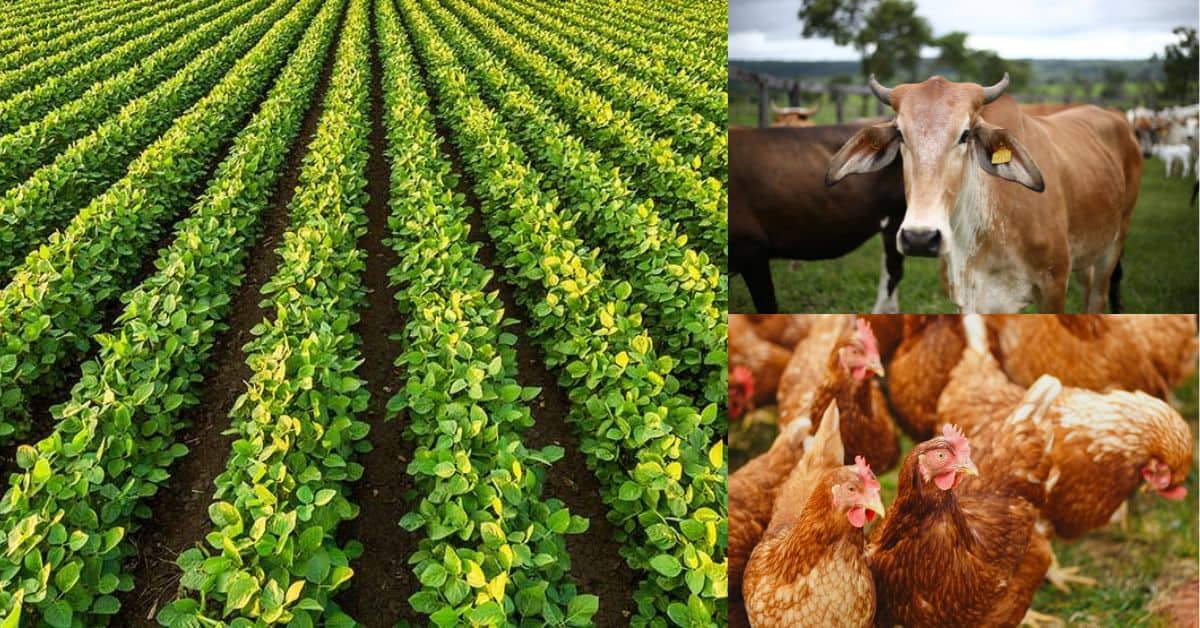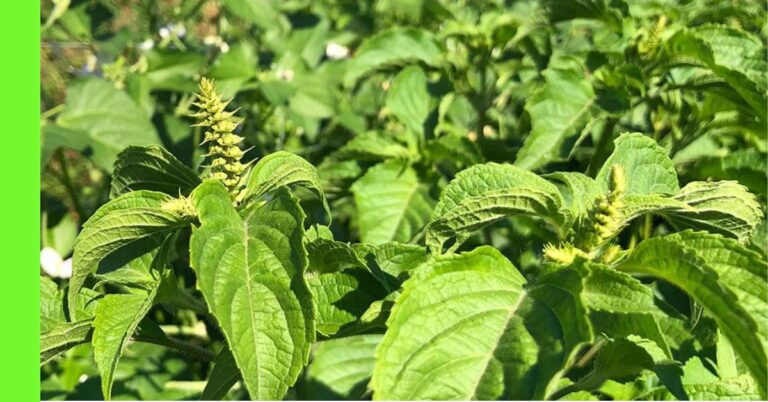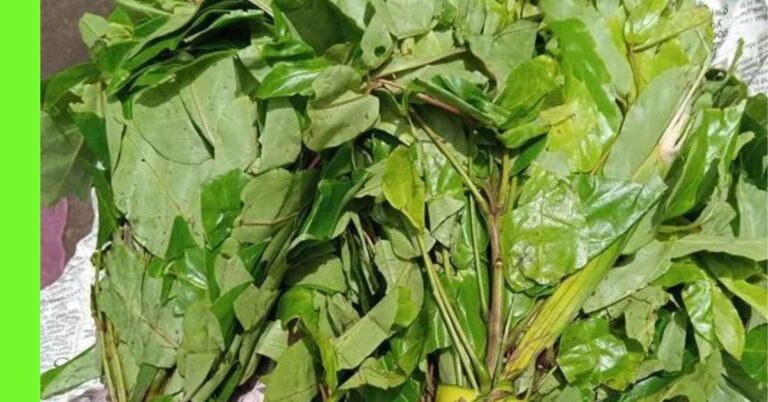Interesting Facts I Bet You Never Knew About NIGERIA AGRICULTURE

Agriculture as you know is most times referred to as agricultural science.
It entails cultivating soil for crop growth and collecting produced crops
as well as raising animals for food, fiber, and other goods.
Nigeria known for its wealth in agriculture,
The climate, its vegetation, its human resource and the mass land in the country,
makes agriculture very possible and successful in the country.
In Nigeria there are lots of different crops grown, various animals grown
and animal products produced in the country.
The country produces both food and cash crops.
large amounts of cash crops including cotton, rubber, cocoa, and oil palm are also grown.
Nigeria’s top non-oil source of foreign cash is cocoa.
It is interesting to also note that agriculture supplies us with
cash,
flood control,
a free, fair, fresh environment,
food that is abundant and drives out starvation,
fosters unity and cooperation, and stops battles.
It also provides us with food,
feed,
fiber,
fuel,
furniture, fertilizer, raw materials, and materials for and from industries.
Also it takes into account the creation of jobs,
the economy, education, environment,
the use of equipment and income for production, protection, processing, consumption, and preservation,
as well as the fight against waste, transport, and commerce.
Agriculture also takes into account energy consumption.
What is Agriculture?
Now let’s dive into the juicy part of this topic…
Agriculture is an activity that entails developing natural resources for economic benefit and human sustenance.
It blends innovative production techniques and cutting-edge technologies with creativity,
invention, and expertise required for cultivating crops.
Commodities, or fundamental items utilized in trade,
such as grain, cattle, dairy, fibre, and raw materials for fuel,
are also provided by agriculture to the world economy.
Agriculture involves raising animals and plants for food,
preserving the biological balance of the environment.
It brings together the interactions of all environmental factors
namely, water, heat, light, air, and soil—distributed in many spheres, including
the lithosphere, pedosphere, atmosphere, hydrosphere, and photosphere.
By supplying food, clothes, shelter, medicine, and recreation,
Agriculture serves to address the basic requirements of people and their society.
They are also calmed by the dynamic shifts from grey (bare soil) to green (growing crop) to golden (mature crop) and gay harvests.
History of Agriculture in Nigeria
Taking a stroll down memory lane,
The pre-colonial era is a significant point in Nigeria’s agricultural history.
In Nigeria, the history of agriculture is as significant as the political history of the nation.
Before the entrance of colonial powers, Nigeria, like many other African nations,
was mostly dependent on agriculture.
Many Nigerians at the period relied heavily on agricultural products to feed themselves,
and subsistence farming was highly valued in many homes.
On the eve of European colonial domination, Nigeria’s primary economic activity was subsistence farming.
Food production played a significant role in this business, and the supply of food was self-sufficient.
- Beans,
- rice,
- sesame,
- cashew nuts,
- cassava,
- cocoa beans,
- groundnuts,
- gum arabic,
- kola nuts,
- maize (corn),
- melon,
- millet,
- palm kernels,
- palm oil,
- plantains,
- rice,
- rubber,
- sorghum,
- soybeans,
- bananas,
- and yams are some examples of major crops.
Before the arrival of the colonial masters on Nigerian soil,
our ancestors engaged primarily in farming as a major occupation
and means of sustenance using unsophisticated farm tools.
Despite the tools used, they produced enough food to feed themselves and cash crops.
and used for a barter system of trade across the Sahara and the Atlantic Ocean.
Groundnut and palm kernel oil were formerly famous exports from Nigeria,
but their export volume has decreased over time.
Today local Nigerian businesses export
- Groundnuts,
- cashew nuts,
- sesame seeds,
- moringa seeds,
- ginger,
- cocoa,
- and other products.
Nigeria’s history of agriculture is so crucial that the country’s flag depicts a green colour to represent the country’s enormous agricultural potential.
More specifically, more than 70% of the Nigerian population’s income comes from agriculture.
It has grown to be the nation’s largest employer of labour in this area.
History of Agriculture in the World
The great majority of the world’s food supply is produced via agriculture, which is the farming-based cultivation of food and products.
It has only been largely accepted for 7,000 years, but it has been performed irregularly over the last 13,000 years.
This is a little period of time in the lengthy history of humanity as compared to the almost 200,000 years that our predecessors were foraging, hunting, and scavenging in the wild.
In its brief existence, agriculture has fundamentally altered human society
and supported an expanding global population that has increased from 4 million to 7 billion people since 10,000 BCE.
Overview Of Nigeria’s Agriculture
What is the state of agriculture in Nigeria?
As you may know, Nigeria was originally an agriculture dependent country,
Nigeria shifted focus to oil exports in the 1970s and decades of slow economic growth later;
There is a need to refocus on agriculture.
With the aim to attain the Sustainable Development Goal (SGDs),
It is important to investigate the contribution of the sector to Nigeria’s economic growth.
Compared to crude oil exports, agriculture continues to make up a minor portion of Nigeria’s total export revenues.
Wheat, sugar, fish, and milk are among Nigeria’s top agricultural imports;
sesame seeds, cashew nuts, cocoa beans, ginger, frozen shrimp, and cotton are among its top agricultural exports.
More than half of the country’s agricultural exports consist of sesame, cashew nuts, and cocoa. Agriculture imports are dominated by wheat.
How Big is Nigeria’s Agriculture
Nigeria has a land area for agriculture of about 70.8 million hectares, with worked on lands (arable land) of about 34 million hectares
The agricultural sector as at 2021 employs 35.21%
N228.4 billion to the agricultural sector
There are 38 million small house hold farmers they account for 90% of the countries produce
the country’s tractor density estimated at 0.27hp/hectare
Nigeria’s export in the first quarter of 2023 generated 279.64 billion revenue (National Bureau of Statistics), in 2022 it generated 201.59 billion
There is an increase in the value of export commodities of about 38.7%
Agriculture is one of the largest industry in the country contributing 21% of the Gross Domestic Product (GDP) in the second quarter of 2023 with crop production being the highest see breakdown below:
- Crop production – 18.56%
- Livestock – 1.27%
- Fishing – 1.04%
- Forestry – 0.21% (source: statista).
Agriculture is also the largest economic activity in the rural area where almost 50% of the population lives.
Crop production, fisheries, livestock, and forestry are the four main industries of agriculture in Nigeria.
according to the World Bank collection of development indicators the sector employed 35.21% in 2021 of the labour force in the nation,
making it the largest employer of labour in the nation.
What is the Importance of Agriculture in Nigeria
Provision of Raw Materials for Industry
Agriculture provides raw materials for the use of the industries in Nigeria.
Some of these industries include textile industries which make use of cotton;
Tyre manufacturing which makes use of rubber, soap manufacturing industries which make use of palm oil and groundnut oil etc.
Provision of Employment
Agriculture serves as a source of income and employment of labour.
Many people depend on it for their livelihood. Large number of people engage in various agricultural activities like crop farming, fishing, forestry and livestock farming.
A Source of Food
Agriculture provides food for the populace.
It supplies food for those in the agricultural, industrial and other sectors of the economy.
These food materials include: yam, rice, plantains, beans, beef, fish etc.
Source of Foreign Exchange
Agriculture generates a lot of foreign exchange from export of agricultural products like cotton, rubber etc. to overseas countries.
Capital Formation
Revenue is derived from agriculture and it may be a major source of saving.
Types of Agriculture in Nigeria
In Nigeria there are several types of agriculture this can be classified into two major categories
- Commercial agriculture
- Subsistence agriculture
It can further be categories into crop agriculture and animal agriculture
Crop or animal agriculture could be commercial or subsistence
Under animal agriculture we have
- Pastoral farming
- Animal husbandry
- Poultry
- Fish farming
Under crop agriculture we have
- Crop rotation
- Shifting cultivation
- Organic farming
- Hydroponics
- Aeroponics
- Mechanised farming
- Forestry
Factors Affecting Agriculture in Nigeria
Despite the countries advantages that has helped her to soar it this area there are still some down sides that some of these include;
- Poor land tenure system,
- Low level of irrigation farming,
- Climate change and land degradation.
- Low technology,
- High production cost and poor distribution of inputs,
- Limited financing,
- High post-harvest losses
- Poor access to markets.
REFERENCES
https://foodsystemprimer.org/production/history-of-agriculture
https://www.fao.org/nigeria/fao-in-nigeria/nigeria-at-a-glance/en/









